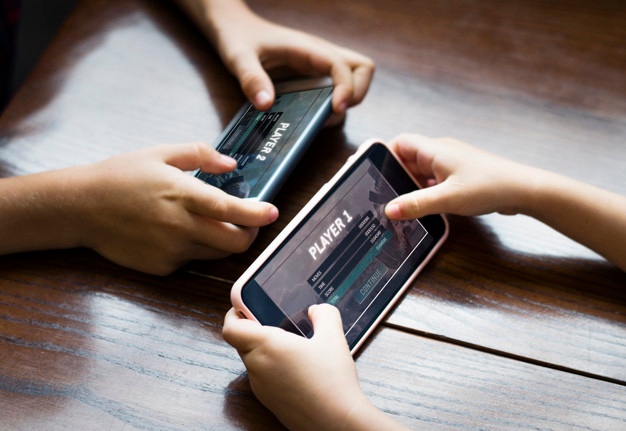Mobile gaming has never been as cheap and accessible as it is today. Of course, the process of creating and developing any mobile app is no joke and takes a lot of time and resources. But given the popularity of mobile games, it’s no wonder it’s grown to be one of the most profitable industries out there. If you’re curious about the work and the process that goes into game app development or are looking to start one of your own, here’s a step-by-step guide to how mobile games are usually developed.
1. The Idea
As with most things, it all starts with an idea. Many new creators often ask others, where do they get their ideas? While there’s never one clear consensus among all creators, most can agree that ideas come from inspiration and from taking what you love about your favorite games and improving upon them. Many strive to create original ideas or ones that haven’t been done before, perhaps to establish themselves as new and revolutionary in the game design scene. But your ideas always have to come from somewhere, and no matter how original or different you want them to be, your ideas will always be shaped by your own beliefs and other games or stories that have influenced you.
Whatever the case, you can’t have a game without an idea first. An idea includes everything from a game’s story and characters to its gameplay mechanics and overall structure. It’s at this stage that you decide what kind of game you want to develop. Will it be a story-oriented visual novel, a first-person shooter, a puzzle game, or a gacha RPG? All of these decisions serve to shape a game’s idea and its holistic development.
It’s good to have even just a general idea of a game’s direction even long before you decide to develop it as an app. Understanding the full scope of a game’s idea can help you visualize the end goal and determine how long it will take to finish it, how big of a game it will be, what platforms work best, and who your target audience is. All of this can be decided with just one idea. Since this is a mobile game, it’ll be significantly toned down from bigger console or PC games, although the limits of what can be achieved in mobile gaming are continuously being tested.
2. Development Software and Tools
After you’ve decided what kind of game you want to make, the next step is finding the right software and tools to use. It should be noted that at this point, you’ll have to have at least a basic grasp of coding and programming language. Otherwise, you have some more research to do before you can even proceed. If you already have that expertise, then this next step is all a matter of finding a game development tool or program that works for you. Examples include Unity, RPG Maker, and Game Salad. All of these options are relatively cost-effective and require little to no experience or expertise to use.
If you have the money to spare, another option is to hire an Android app developer to do all the coding and dirty work for you. This way, you’ll get assurance that you’re paying for a high-quality output from professionals who know what they’re doing and are experts in the field.
3. Arts and Graphics
Often, a game’s art reflects what kind of game it is and serves as its prominent defining feature. It’s also one of the biggest reasons people flock towards it. If a game’s art and character design are good enough, players are more likely to give it a chance. The argument of whether video games can be considered art is one that’s been debated to hell and back. But whatever the case, art plays a vital role in games. A game’s visuals allow it to tell its story without needing to use words. Visuals are what hook the players and keep them interested.
You can design your game yourself if you are an artist, but it’s often best to outsource this task to professional artists, character designers, and game designers.
4. Testing
So now you’ve got everything ready, from your game’s idea, software to use, and your game’s graphics. With some help, you’ve managed to finish your game and are ready to launch it or pitch it to a platform. Before you do that, it’s time to test your game first. Most creators are usually bad critics of their own work, so it’s best to have it tested by someone outside the development team. You can post a call for beta testers or players who can be the first people to playtest your new game and get their opinions on it. You want to get people in your target audience and get their honest opinion, so you know what to improve on.
Conclusion
Game design isn’t something that just anyone can do. In between those four steps are micro-decisions that you have to make to ensure that the development process goes as smoothly as possible. But with a bit of help from professionals and the right tools and software, you can be on your way to creating the new mobile game of your dreams.

Be the first to comment on "The Game Development Process: What Goes Into Creating a Mobile Game?"